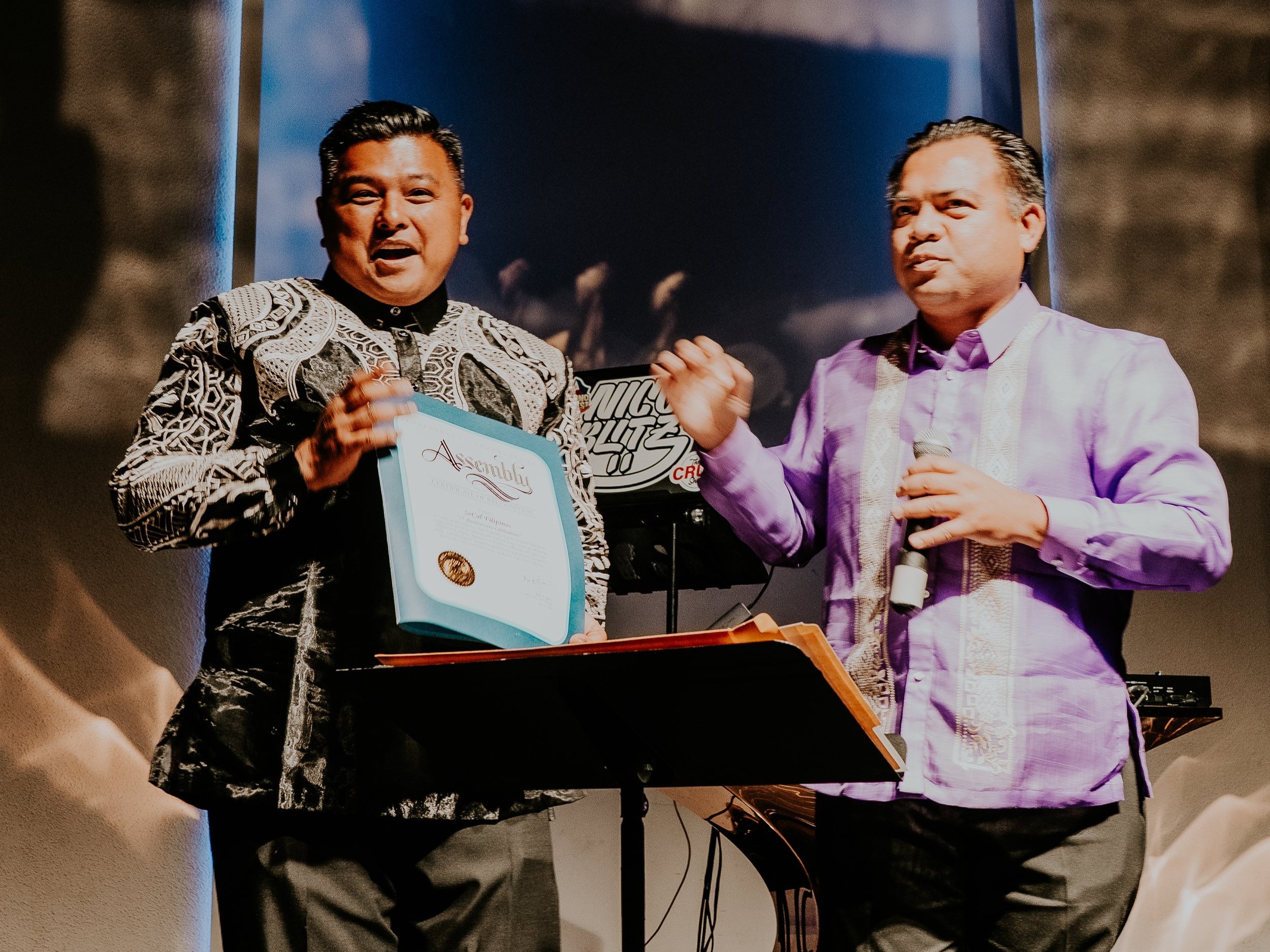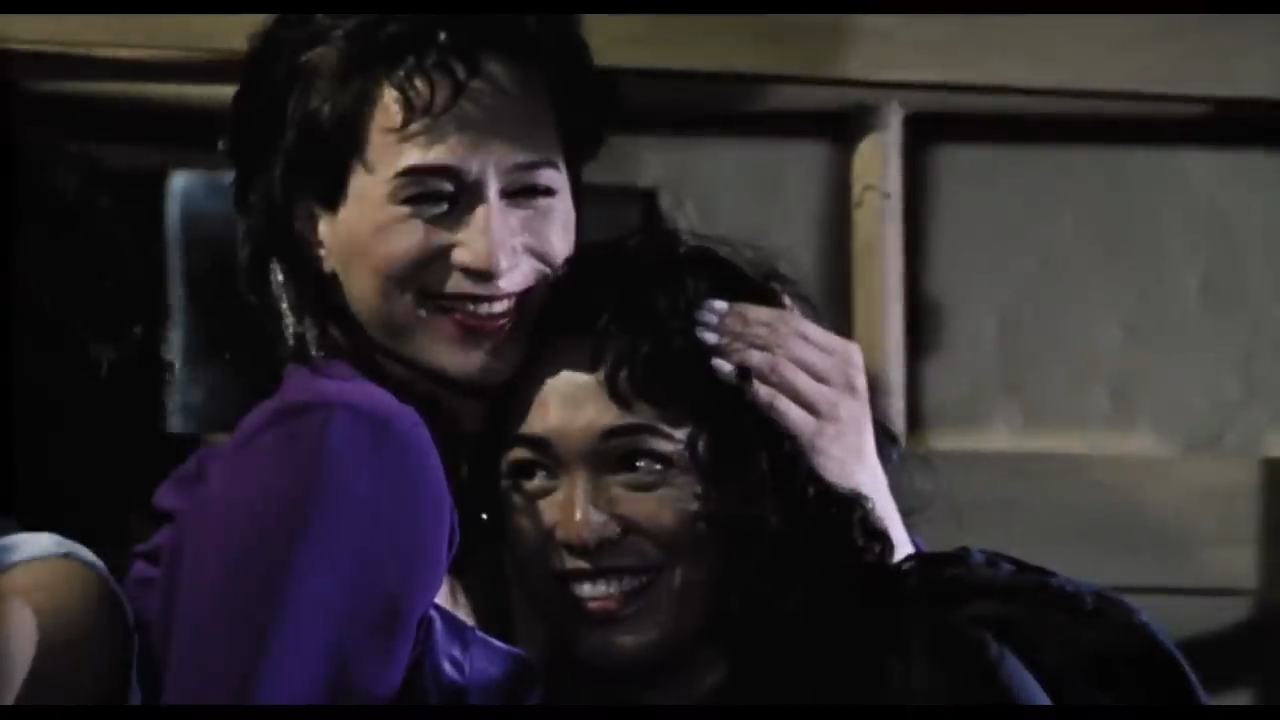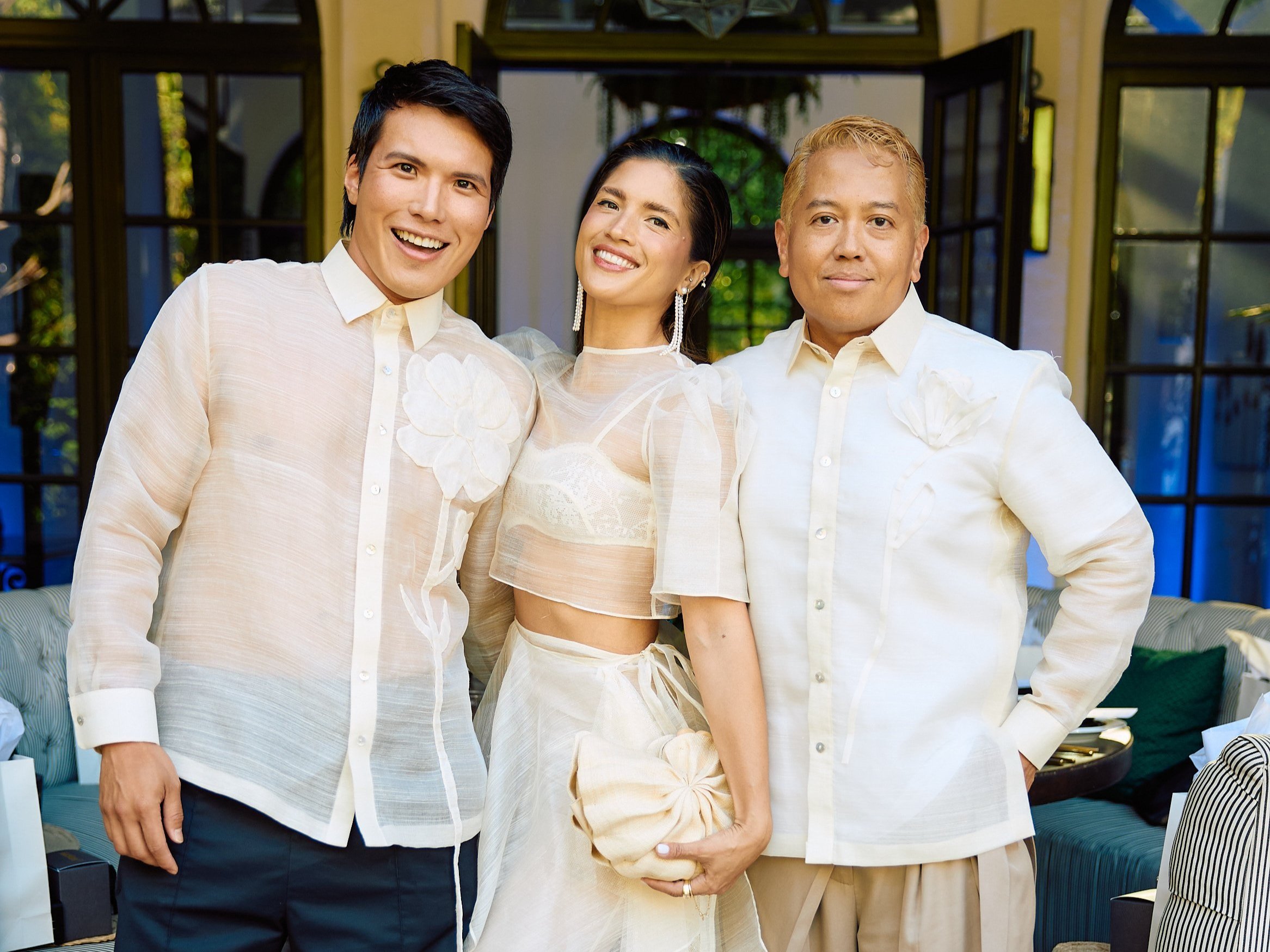Is the Filipino Hospital Mafia a Real Thing? A Nurse’s Lawsuit Says Maybe
Written By Onelia Miller
May 29, 2025
Photo Credit: Stock/Getty Images
A new lawsuit against Cedars-Sinai in California is putting Filipino solidarity, gatekeeping,
and alleged workplace bullying under a harsh spotlight.
There’s a reason “Filipino nurses run the hospital” isn’t just a meme, it’s facts. From New York to LA, Filipino healthcare workers are the backbone of patient care, and they are known throughout the world for their commitment to care, excellence and being the warmth a sterile hospital needs. Our people have earned their stripes and then some. But what happens when tight-knit vibes turn (allegedly) toxic? That is what one former nurse is claiming in new lawsuit filed last week.
At the center of the lawsuit filed by Camyle Meier this month of May 2025, she is a former nurse at Cedars-Sinai Medical Center in Beverly Hills, California. And the details are kind of really messy.
Meier, who is half-white and half-Japanese, alleges she was bullied, sabotaged, and ultimately fired by a group of Filipino nurses and supervisors. According to her suit, her backpack was tampered with on her first day (allegedly coffee was poured inside), her patient assignments were disproportionately difficult, and she was systematically shut out of workplace camaraderie from the jump. The unit, she says, was dominated by Filipino women who had worked there for years together and they made it clear she wasn’t welcome.
She claims she raised her concerns with upper management. What she got instead? Retaliation, she claims and a termination for what she claims was a petty, made-up policy violation. According to her filed statement, Meier was put on leave two days before her six-month probationary period was up and she was terminated based an the fact she allegedly falsified a time recording policy, which she says was different from the policy given to her previously and a technicality, the suit states. Anymore specifics have not been made publicly aware.
The lawsuit accuses Cedars-Sinai of racial discrimination, retaliation, breach of contract, and emotional distress. And while it’s still early in the legal process and no one is allowed to make public statements about on ongoing legal situation, it’s already triggered something deeper in the cultural discourse: what do we do when the call is coming from inside the nurses’ station?
Okay, but first, let’s not act like this brand new information. Could this be a case of a hypersensitive nurse who just didn’t vibe with the crew? Maybe. Could she be bringing her own unconscious bias into a majority-Filipino space? Also not off the table.
But whether or not this proves to be true or false, here’s the thing: Filipino cliques in hospitals are a thing. Ask literally any nurse. The shared language, the side convos, the inside jokes that hit harder in Tagalog, it creates a bond, sure, but also a wall. And if you’re not in, you’re actually…well, out.
We’re not saying it’s Mean Girls: Hospital Edition. But we’re also not not saying that. What we are saying, though, us that when that kind of camaraderie morphs into control, it stops being representation and starts looking a lot like exclusion since there are so many Filipinos in the medical world.
So here’s the real question: How do we keep our legendary Filipino nurse loyalty from becoming a full-on gatekeeping institution?
We love to see our kababayans killing it in healthcare, but we also need to recognize when that power becomes a popularity contest. Because being proud of our people shouldn’t come at the expense of being kind. Or fair. Or decent.
What makes this story more than workplace drama is the deeper questions it sparks for that care to examine. Filipino Americans often pride ourselves on community, on kapwa, on having each other’s backs. But like all diaspora dynamics, it gets complicated fast. Especially when proximity to whiteness, seniority, immigrant hustle, and internalized colonialism all play a part whether we like to believe it or not. Too often, we think racism only moves in one direction, up or down. But lateral harm within communities of color is real. It’s just quieter. Less visible. And way more awkward to talk about. This lawsuit puts that discomfort on blast.
And as second-gen and third-gen Fil-Ams take up more space in rooms our parents fought to enter, we owe it to ourselves to do better than just “getting in,” or “having a seat” at the table. We have to question the norms we’ve inherited. We have to call in our communities with love and accountability, not just pride and silence.

























Headed back to the U.S. after a trip to the motherland? Before you zip up that balikbayan box or max out your luggage allowance, don’t forget to grab a few beauty finds made for Filipinas, by Filipinas.
Read More